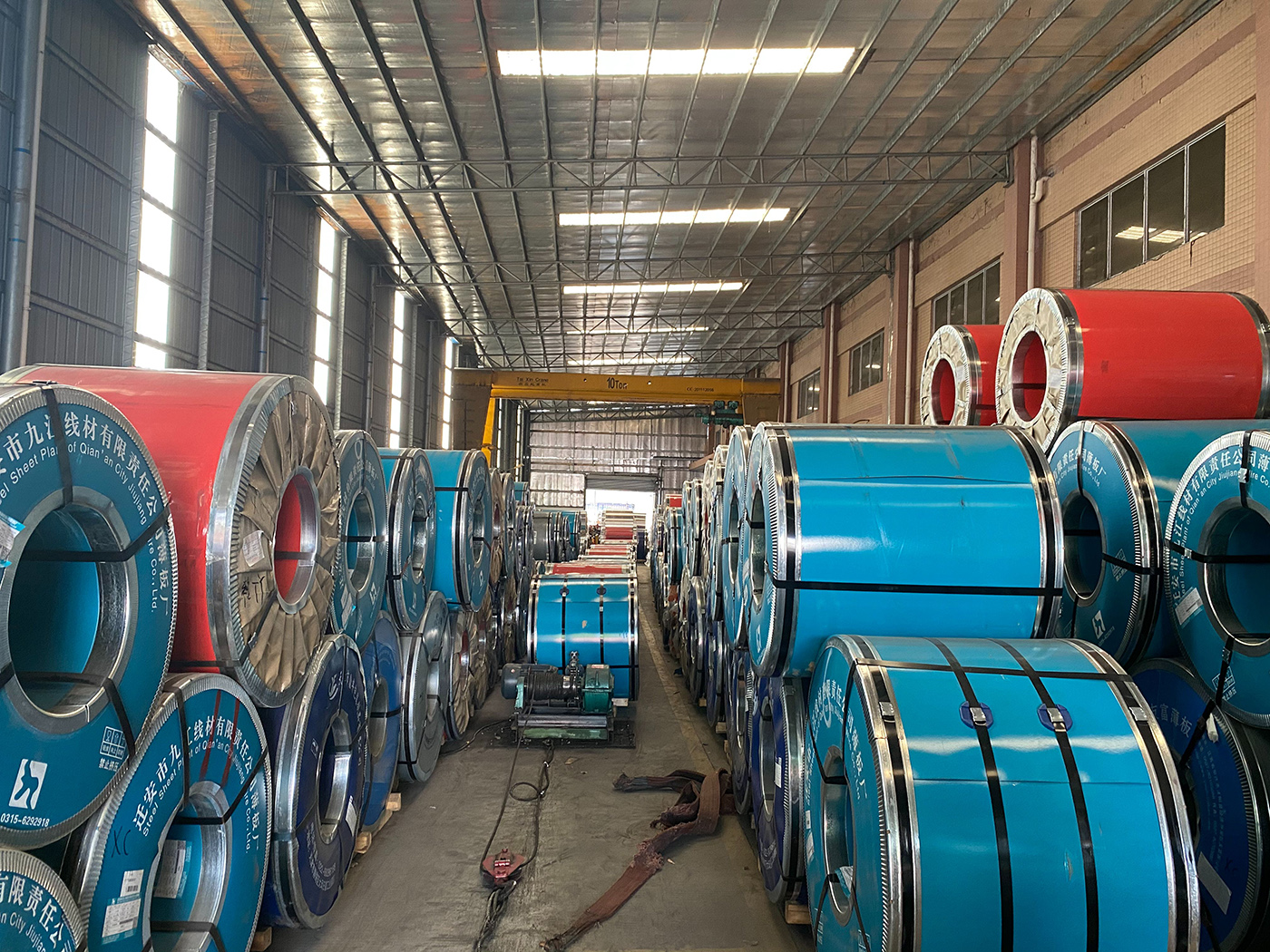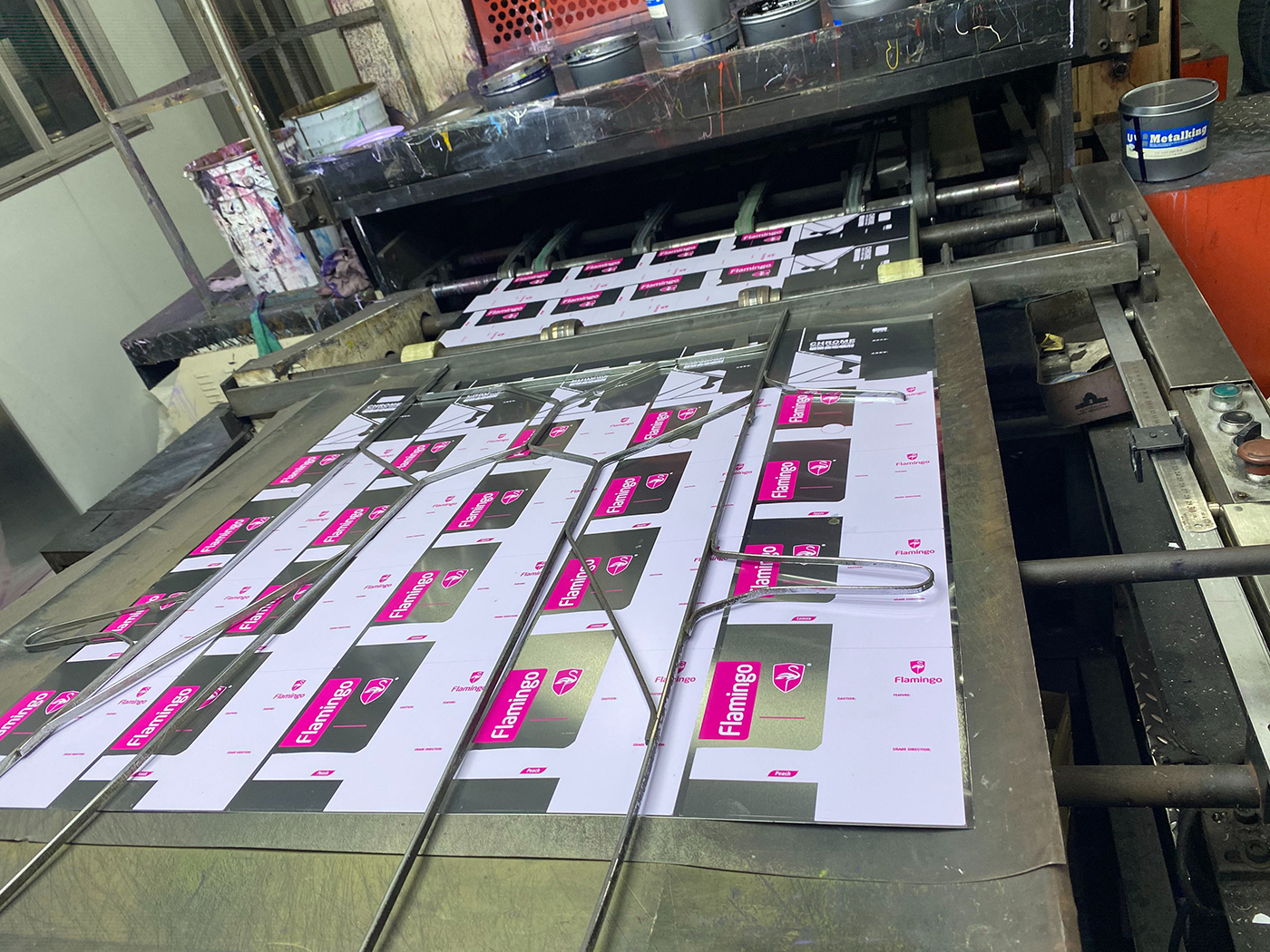Tinplate cans are a common packaging container in everyday life, which is not only convenient but also keeps goods fresh and hygienic. The manufacturing of tin cans is inseparable from the printing process. The development of printing technology has brought a more exquisite appearance to tin cans and increased the added value of goods. The following will detail the eight tinplate cans printing process.

A, lithographic printing process
Lithographic printing is a traditional printing technology, printing patterns and non-printing patterns on the same plane. The lithographic printing process for tinplate cans is to print the ink on a rubber roller and then use a pressure roller to print on the tinplate. Because the printing plate does not come into direct contact with the tinplate ink and does not smudge, it is suitable for high quality printing and can be overcome even if the tinplate finish is poor. Lithographic printing process can achieve complex patterns of tinplate cans, and can print a variety of colours, with high production efficiency.
Second, hot stamping printing process
Tinplate cans of hot stamping process is a post-processing process, after heating tinplate, with tin foil isolated pattern embossed on the tin. The hot stamping process can create a bright visual effect and is widely used in the printing process of tinplate cans. The hot stamping process can increase the texture and class of the tin cans and improve the brand value of the goods.
Third, the letterpress printing process
Letterpress printing is a traditional printing technology, which has a higher graphic part on the page than the non-graphic part, the ink on the ink roller can only be transferred to the graphic part of the page, while the non-graphic part does not need ink, so that the printing is completed. In the letterpress printing process for tinplate cans, the pressure printed on the tinplate engraving plate can be adjusted as required to create a deeper three-dimensional feel. The letterpress printing process can be printed with a deeper shade and three-dimensional feeling, making tin cans more ornamental.
Four, no ink embossing process
Inkless embossing process is a direct embossing process on the tinplate, no heating, no tin foil, no ink. This process is suitable for presenting the original texture of tinplate or for expressing it in a minimalist style. Compared to other processes, the inkless embossing process has a certain environmental friendliness while retaining the original texture.
V. UV printing process
This printing process uses a special ink, can be irradiated with ultraviolet light after the fast dry printing, suitable for not easy to dry tinplate, or other flat type materials, such as aluminum products, wood panels, etc. UV printing can make the printing effect more clear, not easy to blur, but also to improve the printing speed and efficiency.
Six, screen printing process
Tinplate cans screen printing process is also very common. Screen printing is a method of transferring ink through the mesh by partially hollowing out the print pattern on the printing plate. This printing process is suitable for different types of material, such as tinplate, aluminium plate, plastic, etc. It is also suitable for special printing needs such as curved surfaces and those with a floating surface effect. Screen printing allows for more complex and colourful patterns and text to be printed, as well as being more durable and adhesive.
Seven, lithographic printing is another common printing process.
The most important feature of lithography is that the printed pattern (the ink-stained part) and the non-printed pattern are on the same plane. This printing process allows the ink to be printed on a rubber roller and then printed on a tinplate with a press roller. Because the printing plate does not come into direct contact with the tinplate ink and does not smudge, it is suitable for high quality printing and will overcome even poor tinplate finishes. Lithographic printing is a fast, stable, large-scale printing technology for tinplate cans in large quantities, and is a very good and economical choice in the case of large printing volumes.
Eight, screen printing process
This printing technique is a traditional process of printing with a screen made of nylon thread. In metal printing, only a single colour or several colours can be used for register printing. Because it is a semi-manual production, it is not suitable for products with high accuracy requirements if there is colour overlap.

Translated with www.DeepL.com/Translator (free version)
Post time: Mar-06-2023


